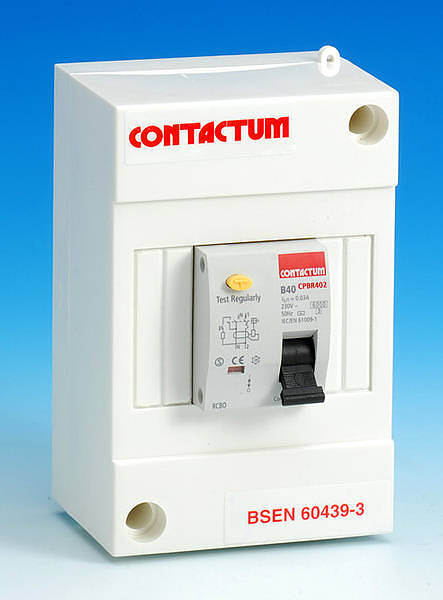I would agree all circuits should be designed correctly. So with a B type 45A MCB looking at 0.97Ω ....
Indeed - so there should not be a need to change the MCB because of 'doubts' about the Zs. As I said, if there
are doubts, then it should be measured, rather than changing the MCB!
... so with a 0.35Ω incoming that should not be a problem...
Well, that obviously depends upon the CSA and length of the cable in the final circuit.
.... really it should be 0.71Ω if the volt drop is within limits assuming a 10 mm² cable with a 6 mm² earth.
I thought that 10mm² T+E had a 4mm² (not 6mm²) CPC. With a Zs of 0.71Ω and your assumed Ze of 0.35Ω, that would leave 0.36Ω for the R1+R2 of the final circuit which, if the CPC
is 4mm² would imply that R1+RN would be about 0.21Ω. If you are working out VD for 45A, that would therefore be about 9.45V (i.e. about 4.1%). However, even if one is concerned about VD (which I wouldn't be, for cooking appliances), I'm not at all sure that, for a dedicated circuit, one has to assume that 45A would be flowing, if the current drawn by the hard-wired load would be appreciably less than that.
But from experience I can say even if it was OK when installed it does not mean it is still OK.
As above, if there is any doubt about the Zs, it should be measured - rather than just decrease the MCB rating 'in case' the Zs is too high. Let's face it, if one doesn't measure, then there is no guarantee that the Zs would even be low enough for the lower-rated MCB.
... And the lower the ELI required to open the circuit the more likely it is to fail.
I'm not so sure about that. Whatever the MCB's In, cable CSA tends to be selected as the very minimum that will result in a satisfactory Zs. A 16A circuit may therefore be just as 'marginal' as a 45A one.
Kind Regards, John


